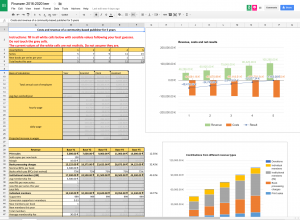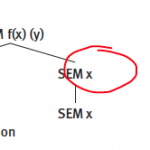As of now, there have been 311 expressions of interest to publish with Language Science Press. In the beginning, the time between one book publication and the next was rather long, but now we have a number of parallel projects which requires some scheduling.
An important part of our workflow is community proofreading. We send out chapters of to-be-published books to community members interested in the topic. These community members then proof the chapter and return the corrections. Their contributions are listed in our Hall of Fame.
The proofreading phase is currently 4 weeks. But our output will be more than 1 book/month in the very near future. This means that we will have several books in proofreading at the same time. The following is a list of upcoming projects and the projected order in which they will reach proofreading. The order is basically first-come first-serve, i.e. when a books is ready, we send it out for proofreading. We might deviate from that in order to ensure a mix of books. For instance, we currently have 4 Africanist books. We add some other books in between to balance the topics.
The current queue is given below. Time between one book and the next should be two weeks:





